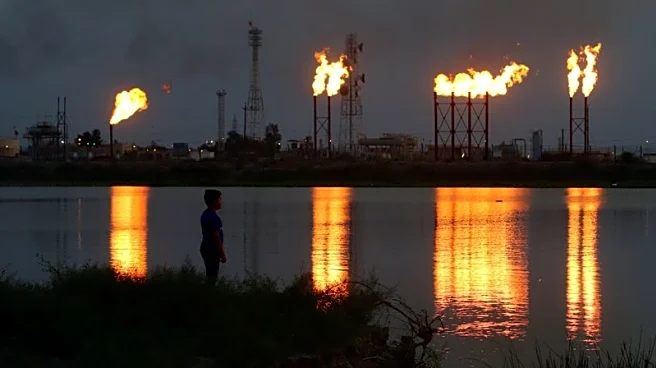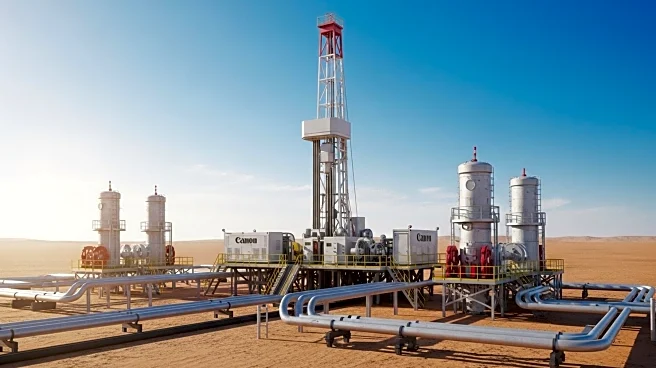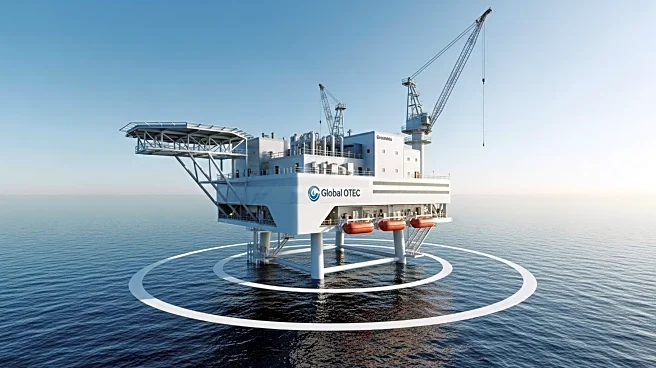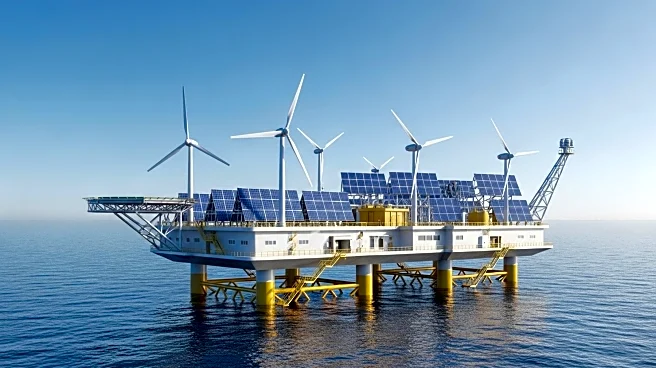What's Happening?
The International Energy Agency (IEA) has released a report indicating that the decline rates of global oil and gas fields have accelerated significantly. This trend is largely attributed to increased reliance on shale and deep offshore resources. The report emphasizes that nearly 90% of upstream investment is dedicated to offsetting supply losses at existing fields, rather than meeting new demand. The decline rates vary widely, with onshore supergiant oil fields in the Middle East declining at less than 2% per year, while smaller offshore fields in Europe average more than 15% per year. Tight oil and shale gas decline even more steeply, with output falling by more than 35% over one year without investment.
Why It's Important?
The accelerated decline rates in oil and gas fields pose significant challenges for maintaining global production levels. Without substantial investment in new resources, the industry risks losing the equivalent of Brazil and Norway's combined production each year. This situation could impact market balances, energy security, and emissions. The need for new conventional fields to maintain production levels underscores the urgency for investment in the sector. The report suggests that more than 45 million barrels per day of oil and nearly 2,000 billion cubic meters of gas from new fields would be required by 2050 to sustain current production levels.
What's Next?
The report calls for increased investment in upstream oil and gas projects to counteract the accelerating decline rates. Companies may need to explore new fields and invest in technologies to enhance production efficiency. The industry must also consider the potential consequences for energy security and market stability. Policymakers and industry leaders may need to address these challenges through strategic planning and investment to ensure a stable energy future.
Beyond the Headlines
The report highlights the long-term implications of declining oil and gas output, including potential shifts in energy policy and investment strategies. The need for new resources could drive innovation in exploration and production technologies. Additionally, the focus on decline rates may influence global discussions on energy transition and sustainability.











